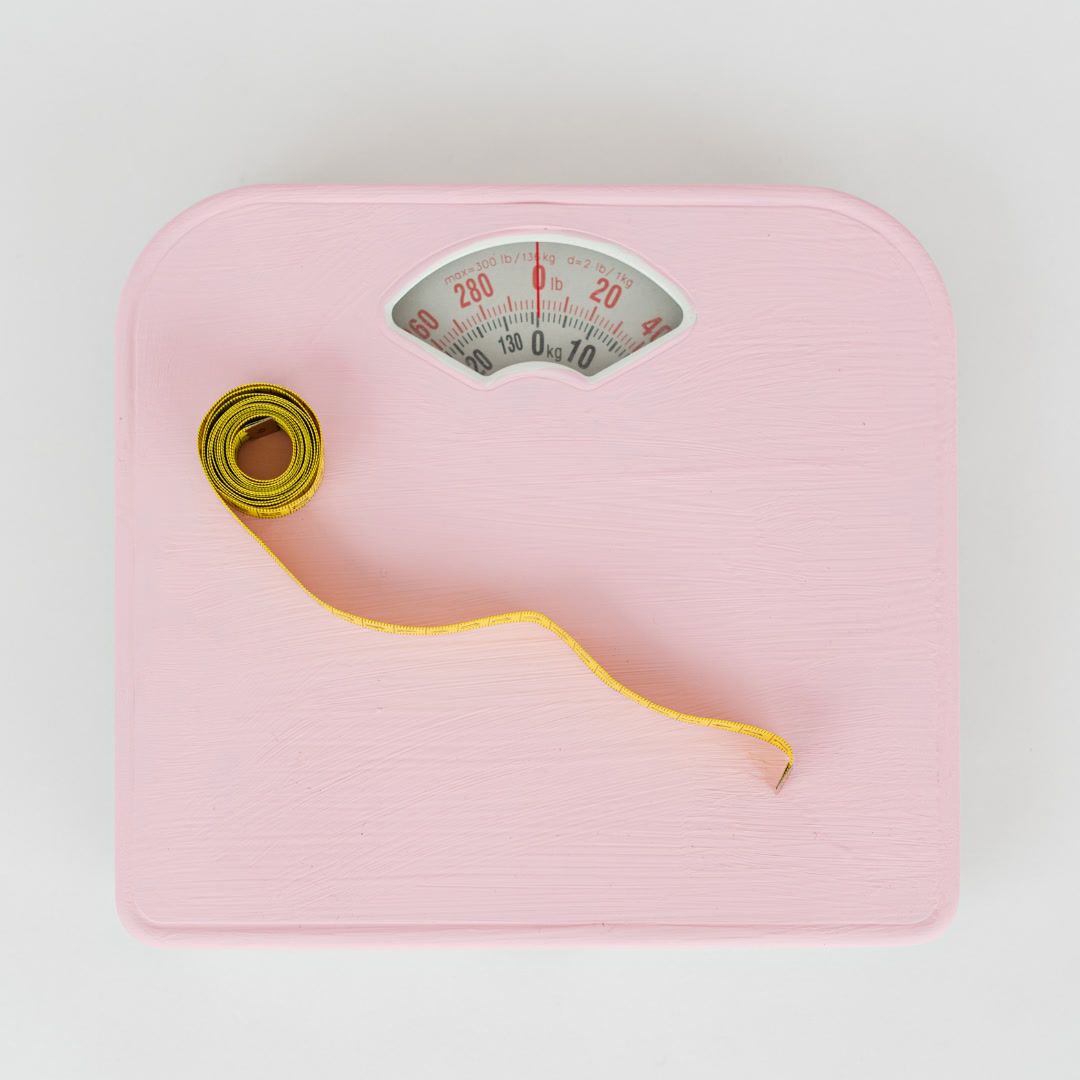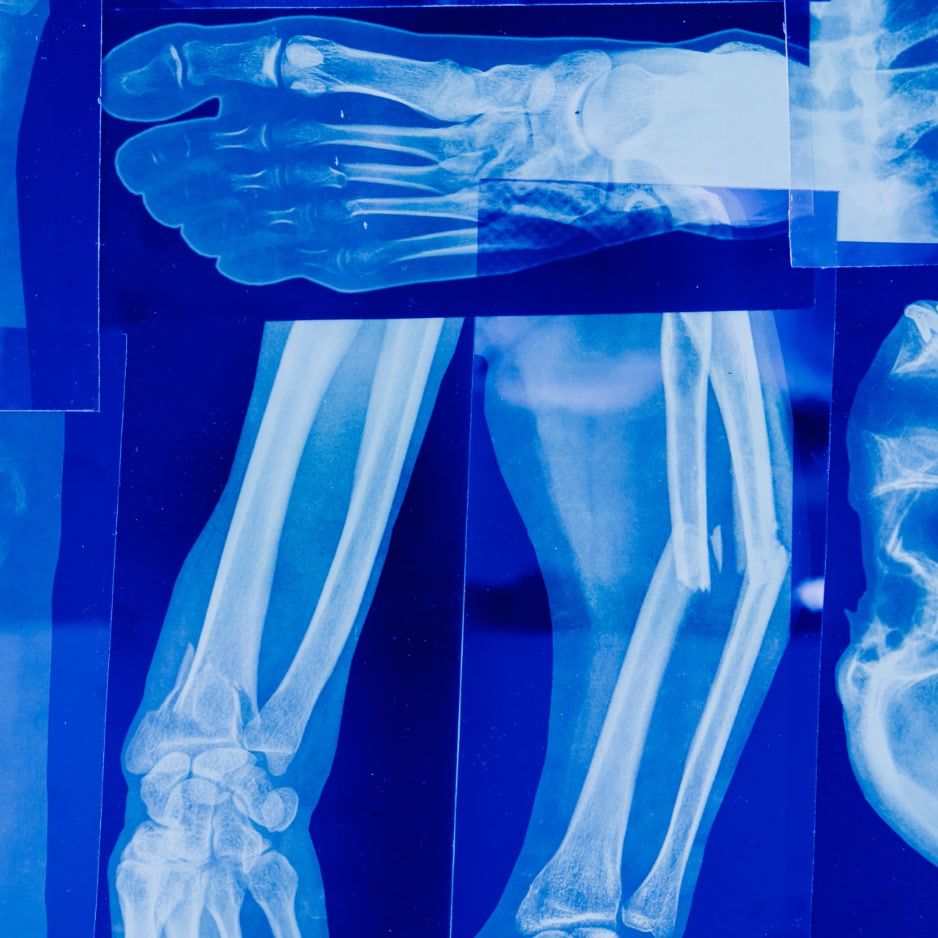Muscle Growth Supplements: An Evidence-Backed Guide
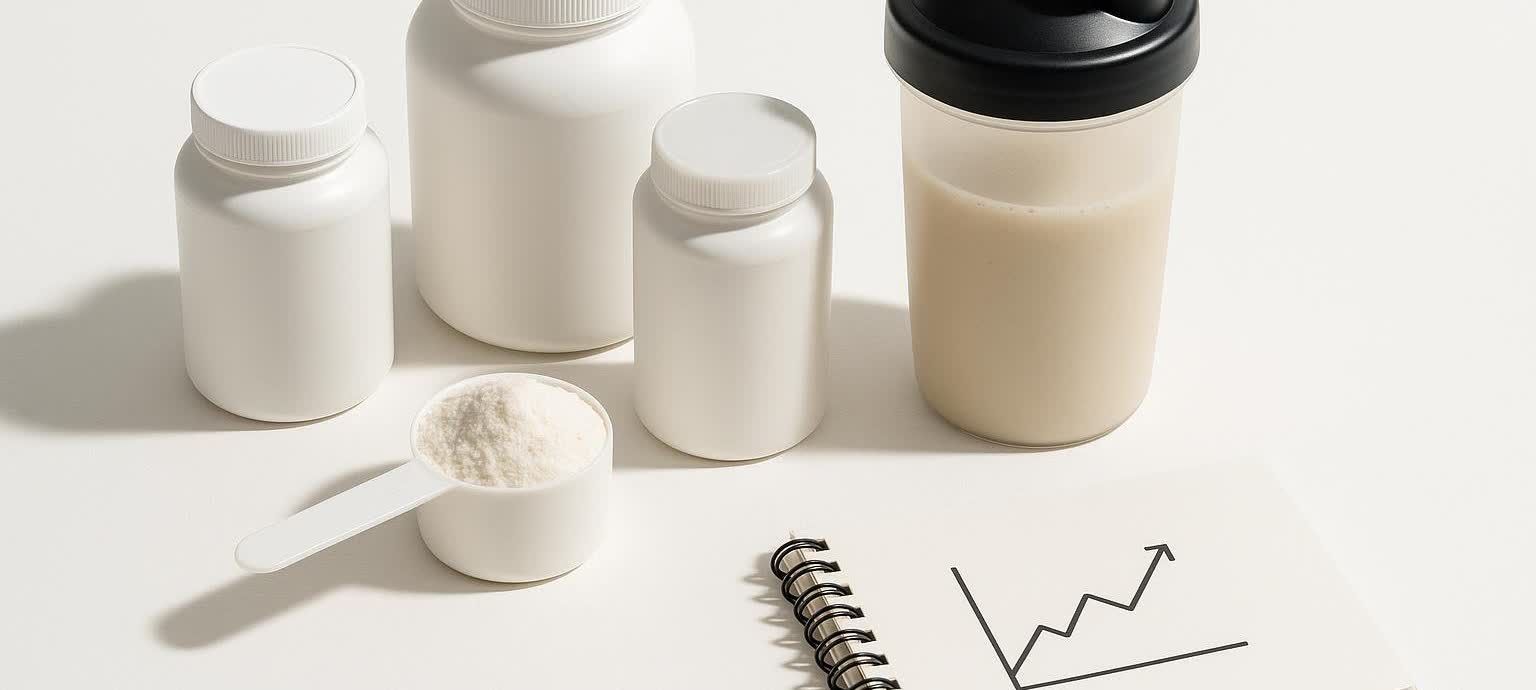
Muscle Growth Supplements: An Evidence-Backed Guide
Looking for the best muscle growth supplements—and exactly how much to take? You’re in the right place. This science-based guide focuses on the supplements with the strongest evidence for effectiveness, with clear dosages, timing, safety notes, and simple stack templates. Keep it minimal, dose it right, and confirm your progress with DEXA so you know you’re adding lean muscle—not just water or fat.
Quick picks: The core supplements for muscle growth
- Creatine monohydrate: 3–5 g/day (optional 5–7 day load).
- Protein powder (whey/casein or plant blends): ~1.6 g/kg/day, 20–40 g per meal.
- Caffeine: 3–6 mg/kg ~60 min pre-workout.
- Beta-alanine: 3.2–6.4 g/day (split doses or sustained-release).
- Omega-3s (EPA/DHA): ~2–3 g/day combined EPA+DHA.
- EAAs (not BCAAs): 10–15 g around training.
- HMB: 3 g/day, most useful for adults 50+ or during muscle-loss risk.
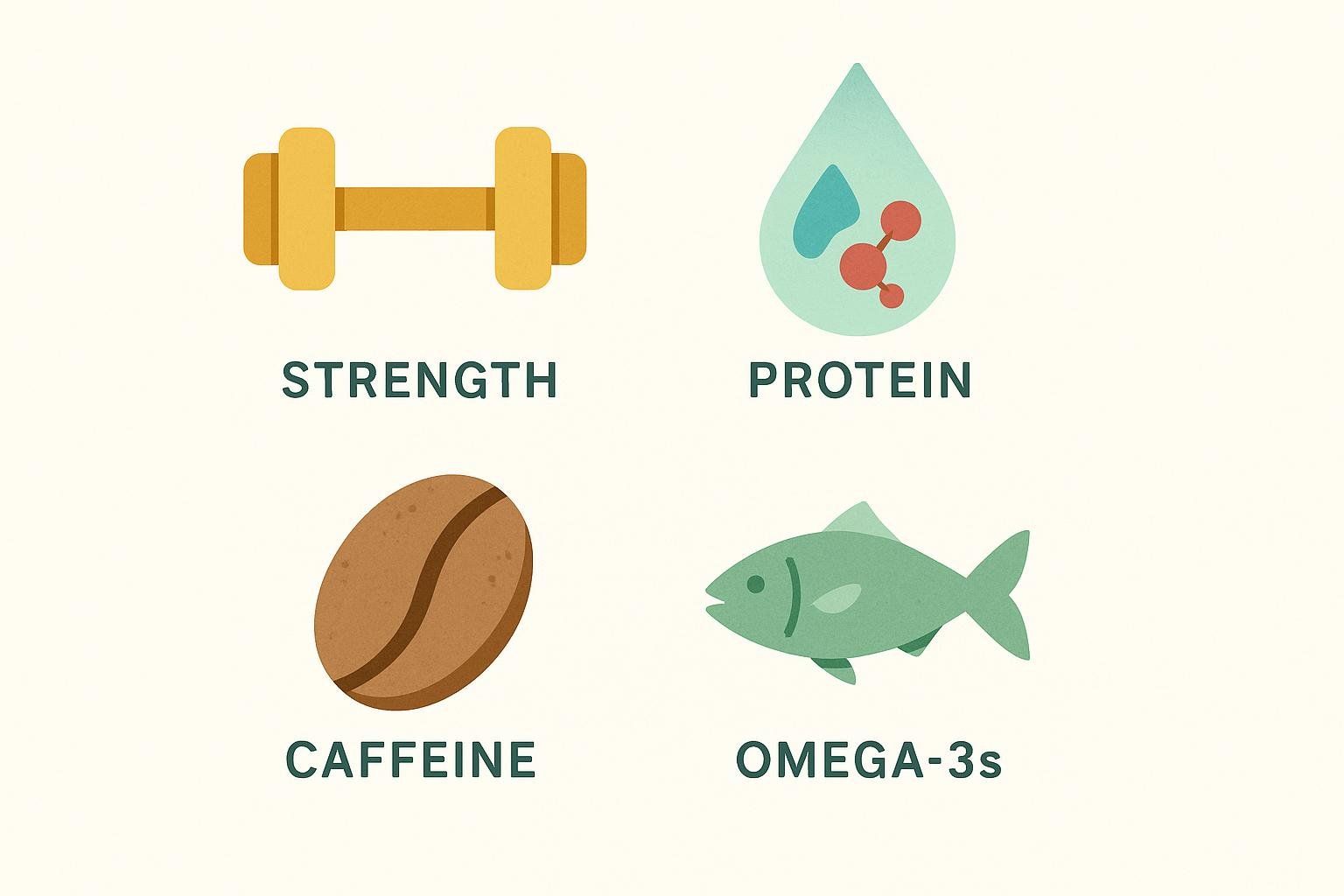
How the top muscle growth supplements work
1) Creatine monohydrate
- Why it helps: Creatine boosts your muscles’ quick-energy system (phosphocreatine), so you can squeeze out more reps and training volume—the raw material for growth (ISSN position stand on creatine).
- Dose & timing: 3–5 g/day. Optional load: ~0.3 g/kg/day for 5–7 days, then 3–5 g/day. Take anytime—consistency beats timing.
- Safety: Excellent long-term safety in healthy people at recommended doses per ISSN.
- BodySpec tool: Get your exact plan with the Creatine Calculator.
2) Protein powder (whey, casein, or well-formulated plant blends)

- Why it helps: Provides essential amino acids (EAAs) to spark and sustain muscle protein synthesis when paired with training.
- Dose & timing: Aim for ~1.6 g/kg/day total, with 20–40 g per meal and around training; small but meaningful gains in lean mass and strength are seen when protein is higher during resistance training (see a 2022 systematic review and meta-analysis).
- Pro tip: Use whey after training and casein before bed/long gaps, or pair EAAs with plant blends. Deep dives: Best Protein After Workout and Whey vs. Casein.
3) Essential Amino Acids (EAAs)
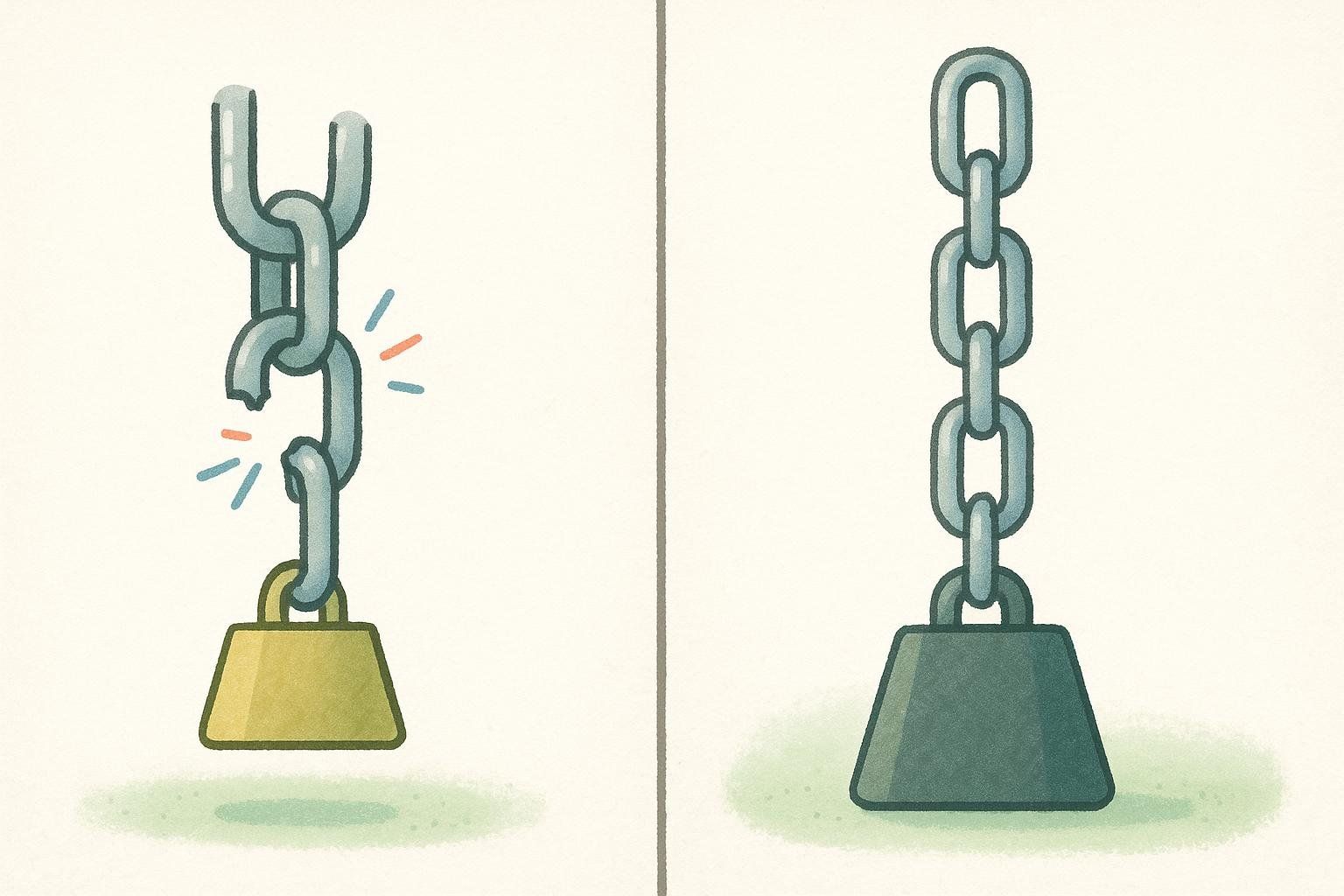
- Why choose EAAs over BCAAs: Leucine can “flip the MPS switch,” but without the other EAAs, synthesis fizzles. BCAAs alone aren’t enough for hypertrophy (see the 2019 review on isolated BCAAs and MPS).
- When EAAs help: Free-form EAAs can be handy around training or in a calorie deficit; they stimulate MPS efficiently (summarized in the 2023 ISSN position stand on EAAs). If you already hit your protein targets, you rarely need extra EAAs.
4) Beta-alanine
- Why it helps: Raises muscle carnosine (a buffer) so you can push through burny sets lasting ~1–4 minutes—think high-rep sets, MetCons, intervals (supported by a meta-analysis of beta-alanine and performance).
- Dose & timing: 3.2–6.4 g/day, split doses or sustained-release to reduce tingling (paresthesia). Benefits build over weeks.
5) Caffeine
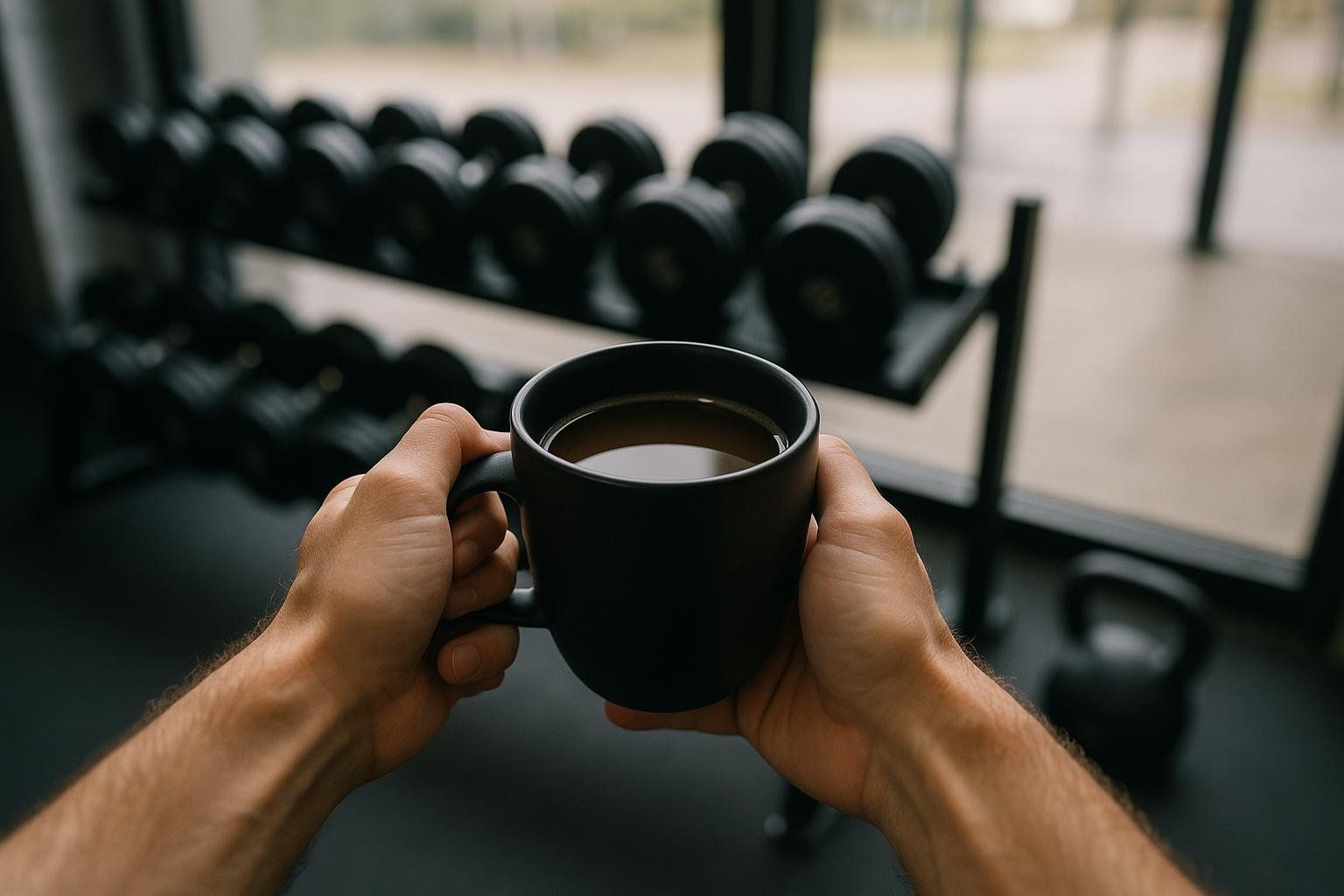
- Why it helps: A well-researched performance booster that sharpens focus, reduces effort perception, and can bump strength, power, and endurance (see the ISSN position stand on caffeine).
- Dose & timing: Commonly 3–6 mg/kg ~60 minutes pre; lower doses can still help. Avoid within 6–8 hours of bedtime.
- Tested-sport note: Caffeine is monitored (not prohibited) by WADA; very high intakes can trigger urinary thresholds. Practice on non-key days. Learn more in our Pre-Workout Side Effects & Safety guide.
6) Citrulline malate (CM) or L-citrulline
- Why it helps: May raise nitric oxide via arginine to improve blood flow and high-rep performance—but evidence is mixed, with some studies showing modest benefits and others finding no significant effect. Product quality also varies (see a 2021 critical review of citrulline malate).
- Dose & timing: Often 6–8 g CM 40–60 min pre. Some data suggest L-citrulline 3–6 g may be more reliable.
- Bottom line: Worth a self-experiment if you love volume; don’t expect creatine-level effects.
7) Omega-3s (fish oil: EPA/DHA)

- Why they help: Support cell membranes and may reduce markers related to exercise-induced muscle damage; in some studies, pairing fish oil with lifting improved strength vs. training alone (e.g., a 10-week randomized controlled trial).
- Dose & timing: ~2–3 g/day combined EPA+DHA for several weeks. Choose deodorized, quality-tested products if burps are an issue.
8) HMB (β-hydroxy-β-methylbutyrate)
- Why it helps: A leucine metabolite that may reduce muscle breakdown. Strongest evidence is in adults 50+, where ≥3 g/day for >12 weeks improved muscle mass, strength, and function—especially with exercise (see a 2024 meta-analysis in adults 50+ and the 2013 ISSN position stand on HMB). In younger, well-trained lifters, results are mixed. Prioritize creatine and protein first.
A note on peptides
Peptides marketed for muscle (e.g., GHRPs, CJC-1295 stacks) are not FDA-approved for bodybuilding, carry quality and legal risks, and are banned in tested sport. If you’re curious, read our cautious overview: Peptides for Muscle Growth: Science, Safety, and Legal Alternatives. For natural, legal recovery aids, see our Muscle Recovery guide.
Build your stack: three simple templates

Beginner muscle plan (budget-friendly)
- Creatine monohydrate 3–5 g/day.
- Whey isolate or plant blend to hit ~1.6 g/kg/day protein.
- Optional caffeine 3 mg/kg pre on key days (your heaviest or most important sessions).
High-volume training plan (CrossFit/conditioning blocks)
- Creatine 3–5 g/day.
- Protein to ~1.6–2.0 g/kg/day across 3–4 meals.
- Beta-alanine 3.2–6.4 g/day.
- Optional CM 6–8 g pre; evaluate your response.
Tested-athlete plan (low-risk, third-party tested)
- Creatine monohydrate 3–5 g/day + whey/plant protein to hit daily targets.
- Caffeine 2–3 mg/kg pre (trial carefully; mind sleep).
- Omega-3s 2–3 g/day EPA+DHA.
- Choose products with NSF Certified for Sport or Informed-Sport/Choice certification to reduce contamination risk.
Safety, sourcing, and smart shopping
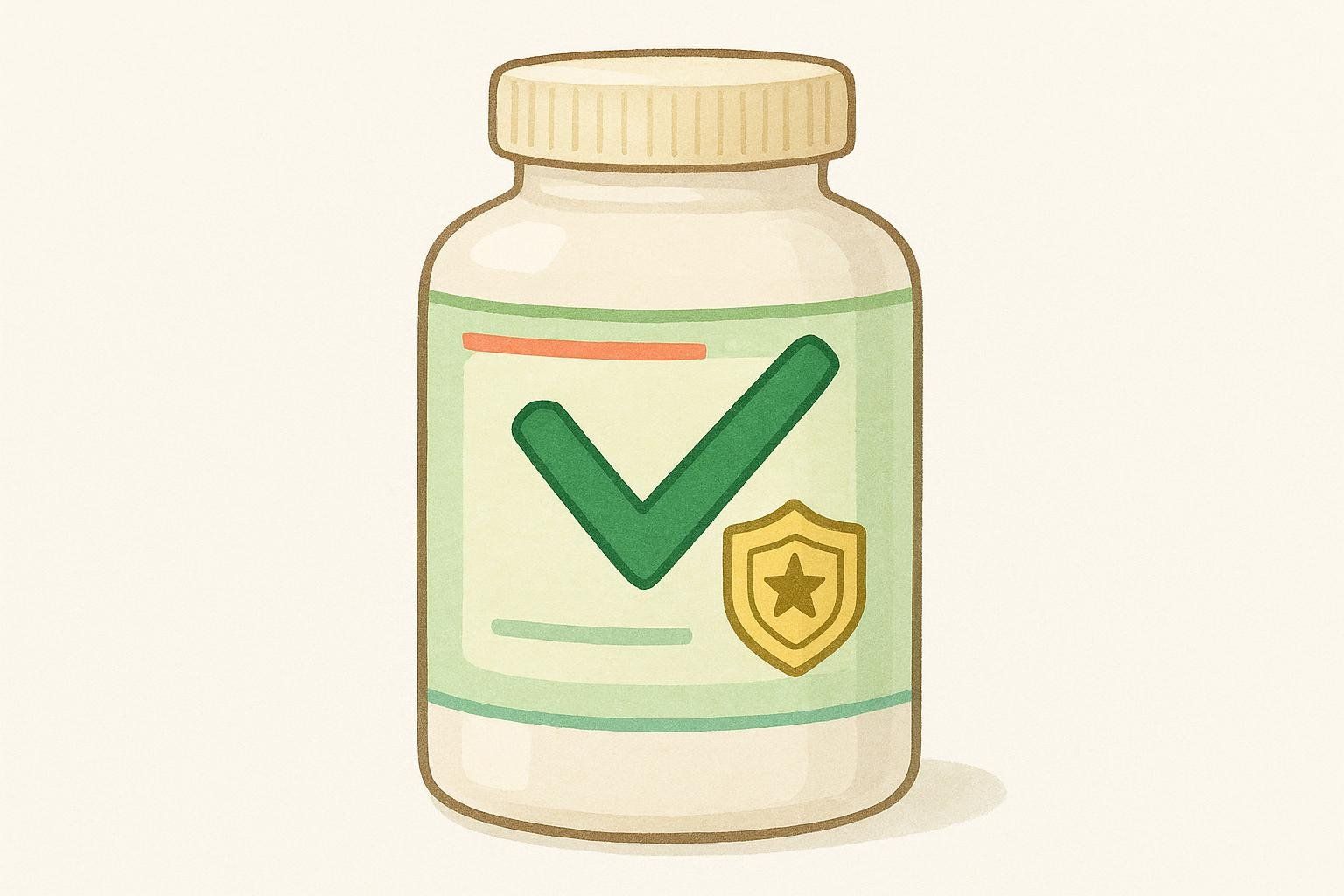
- Third-party testing matters: Prefer NSF Certified for Sport, Informed-Sport/Choice, or published Certificates of Analysis—especially if you’re in a tested sport.
- Add one thing at a time: Start one supplement for 2–3 weeks so you can gauge effects and tolerance.
- Common side effects:
- Beta-alanine tingling (split doses/sustained-release).
- Caffeine jitters, anxiety, sleep disruption (dose- and timing-dependent).
- Fish oil GI discomfort (take with meals; try enteric-coated).
- Medical conditions/meds: Talk to your clinician before starting supplements, especially if you have kidney disease, are pregnant, or take medications with known interactions.
FAQs
-
Do BCAAs build muscle?
Not on their own. They can trigger signaling, but you need all EAAs to sustain MPS; choose EAAs or complete protein (see a 2019 review on BCAAs and MPS). -
Do I need to load creatine?
No. Loading (5–7 days) just works faster; 3–5 g/day reaches the same saturation over ~3–4 weeks. Use our Creatine Calculator. -
Best pre-workout ingredients for muscle?
Caffeine (3–6 mg/kg) and beta-alanine (3.2–6.4 g/day) are well-supported; citrulline malate has mixed evidence. Learn about what to watch for in our Pre-Workout Side Effects & Safety guide. -
Should I take omega-3s for muscle growth?
They’re not mandatory, but pairing ~2–3 g/day EPA+DHA with resistance training has improved strength in some trials (e.g., a 10-week randomized trial). -
Is HMB useful if I already train hard and eat enough protein?
Evidence is strongest for adults 50+ and in scenarios of muscle-loss risk. If you’re young and well-trained, prioritize creatine + protein first.
Track what matters: verify muscle gain with DEXA
Don’t guess—measure. Our How to Measure Muscle Mass (At-Home vs. Clinical) guide shows how a BodySpec DEXA scan quantifies lean mass, fat mass, and visceral fat so you can see if your supplement stack and training are producing the kind of weight gain you want. Scan every 8–12 weeks during a build, then refine your plan based on hard data so you know your plan is working. Ready to see your numbers? Book your BodySpec scan.

